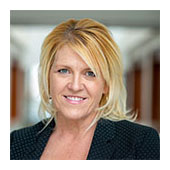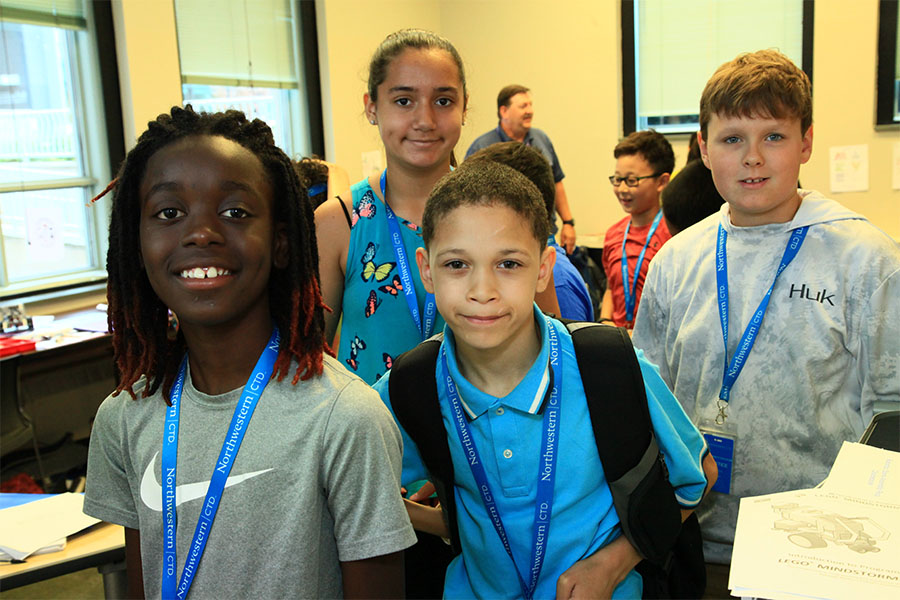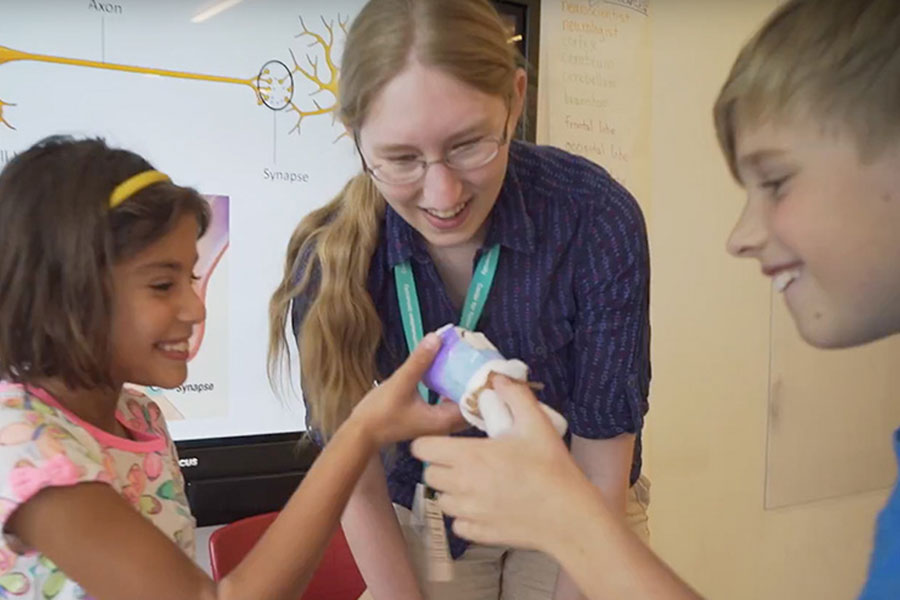Learning Loss, High-Achievers, and Assessment: How to Navigate Testing in a Post-Pandemic Environment
By Melissa Hinshaw
As the 2021-22 school year gets underway and many schools across the country are back to in-person learning, the topic of “learning loss” is part of the back-to-school agenda. Throughout the pandemic, educators and assessment experts have sounded the alarm about potential loss of learning for students. There is no doubt that many students have lost valuable instructional time, but does that equate to an actual loss in learning? It could, but educators will not know to what extent until they measure it.
 The term “learning loss” has gone through several iterations over the past eighteen months. If the literal meaning were to be true, it suggests that students have moved backwards; basically an “unlearning” of previously acquired skills and knowledge. If this is the case, teachers have their work cut out for them to bridge the now existing gap between actual performance and expected grade-level readiness. Another interpretation focuses on “unfinished learning”. In this scenario, students have made some academic growth since the start of the pandemic, but not at the same, average rate as students their age pre-pandemic. Another consideration in the conversation is the question, what if there is no loss or the student thrived online and has continued to grow at an average or better than average rate? Any of these situations requires deliberate, diagnostic measurement of learning, readiness for instruction, and responsive planning.
The term “learning loss” has gone through several iterations over the past eighteen months. If the literal meaning were to be true, it suggests that students have moved backwards; basically an “unlearning” of previously acquired skills and knowledge. If this is the case, teachers have their work cut out for them to bridge the now existing gap between actual performance and expected grade-level readiness. Another interpretation focuses on “unfinished learning”. In this scenario, students have made some academic growth since the start of the pandemic, but not at the same, average rate as students their age pre-pandemic. Another consideration in the conversation is the question, what if there is no loss or the student thrived online and has continued to grow at an average or better than average rate? Any of these situations requires deliberate, diagnostic measurement of learning, readiness for instruction, and responsive planning.
What do we know about growth and high-achievers? Here at the Center for Talent Development at Northwestern University, we offer programs for academically talented students. Throughout the pandemic, many families have continued to seek out supplemental courses to keep their students motivated and engaged. Students who have participated in such programs are less likely to demonstrate learning loss or unfinished learning, as defined above.
So, what is the best way to understand the pandemic’s impact on learning for each student? Measure it well! As schools settle in for the fall, many will return to their pre-Covid testing practices. For some schools, it will be the first data point in eighteen months. The following tips can help educators focus on getting the most out of their assessment practice and help parents understand the process.
1. Interim/Benchmark Testing - Ensure that leaders, teachers, staff, students, and families know when testing will happen and what to expect on test days. Testing conditions matter!
- Empower teachers to have specific conversations with students about the test, what it measures and how the data will be used. Build teacher and student data literacy. Teacher and student buy-in are crucial in this process to get the best results.
- Practice student test engagement with the test interface or testing materials.
- Build device proficiency for online tests.
- Create consistent test schedules and time on test practices.
- Monitor social/emotional responses to the testing experience.
The key is finding a balance between enough emphasis and too much emphasis on the test and testing procedures.
2. Pre and Formative Assessment - It is imperative that teachers understand what students are ready to learn before they provide instruction.
- Use your interim/benchmark data and/or curriculum standards to perform deliberate pre and formative assessment3-4 weeks prior to instruction.
- Group students with like readiness to provide instruction.
- Engage in responsive planning based on results.
- For students who are “over-ready” or already demonstrating mastery, create extension and enrichment lessons.
- For students who are “under-ready”, design a series of front-loaded, pre-instruction lessons to fill in gaps and scaffold readiness, but do not try to teach every concept or skill.
3. Summative/Unit/Chapter/Performance Assessment - These assessments tell the tale of student acquisition of skills and the effect of instruction.
- Ensure students are ready for the assessment by using along-the-way formative assessment.
- Provide several check-ins with students to gauge their readiness for assessment.
- Be creative with modes of assessment.
- Be flexible with the timeline.
- Provide intervention BEFORE the test.
 Melissa Hinshaw is the Assessment Coordinator at Northwestern University’s Center for Talent Development. If you would like to discuss these assessment practices or set up a consult for your school, please email ctd-assessment@northwestern.edu.
Melissa Hinshaw is the Assessment Coordinator at Northwestern University’s Center for Talent Development. If you would like to discuss these assessment practices or set up a consult for your school, please email ctd-assessment@northwestern.edu.

